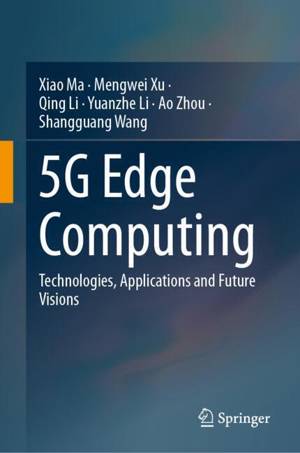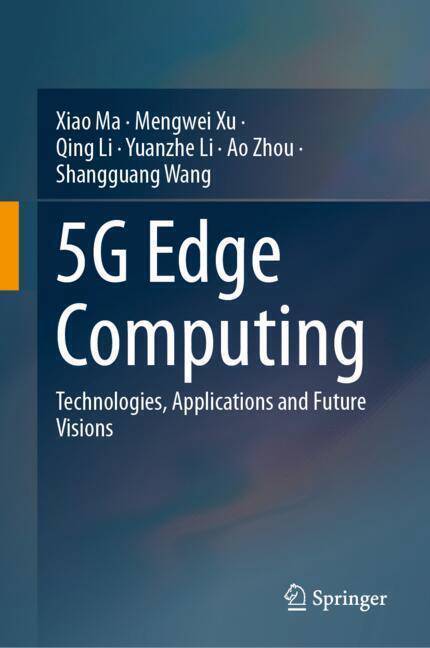
- Retrait gratuit dans votre magasin Club
- 7.000.000 titres dans notre catalogue
- Payer en toute sécurité
- Toujours un magasin près de chez vous
- Retrait gratuit dans votre magasin Club
- 7.000.0000 titres dans notre catalogue
- Payer en toute sécurité
- Toujours un magasin près de chez vous
5g Edge Computing
Technologies, Applications and Future Visions
Xiao Ma, Mengwei Xu, Qing Li, Yuanzhe Li, Ao Zhou, Shangguang WangDescription
Edge computing has been identified as one of the key technologies for 5G networks and beyond due to two prominent advantages: low network latency and reduced core network load. By empowering cloud capabilities and IT service environments at the network edge, edge computing can well support applications of 5G and beyond, such as augmented/virtual reality (AR/VR), vehicular network (ultra-reliable low-latency communication services),Internet of Things (massive machine type communication services), and mobile high-definition video (enhanced mobile broadband services). Therefore, edge computing has attracted the attention of both industry and academia since its emergence.
This book highlights the progress of 5G edge computing in both industry and academia according to our long-term efforts, including the current practice of public edge providers, the research process of edge computing from academia, the integration of edge computing with 5G, and the future visions of edge computing in the 6G era. From this book, the readers can benefit from: (1) the first comprehensive measurement study on a leading public edge platform, NEP (next-generation edge platform); 2) a clear and in-depth introduction of the key technologies of 5G edge computing; (3) the latest progress of 5G-integrated edge computing; and (4) pioneering exploration of 6G edge computing based on Tiansuan constellation - an open satellite-terrestrial integrated platform.
Both the researchers from academia or practitioners from industry can benefit significantly from this book.
Spécifications
Parties prenantes
- Auteur(s) :
- Editeur:
Contenu
- Nombre de pages :
- 206
- Langue:
- Anglais
Caractéristiques
- EAN:
- 9789819702121
- Date de parution :
- 01-05-24
- Format:
- Livre relié
- Format numérique:
- Genaaid
- Dimensions :
- 156 mm x 234 mm
- Poids :
- 485 g







